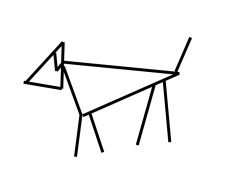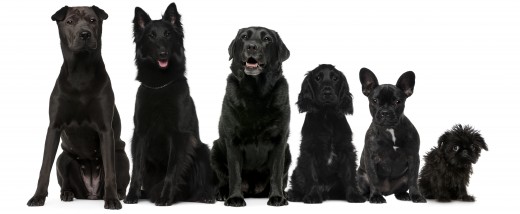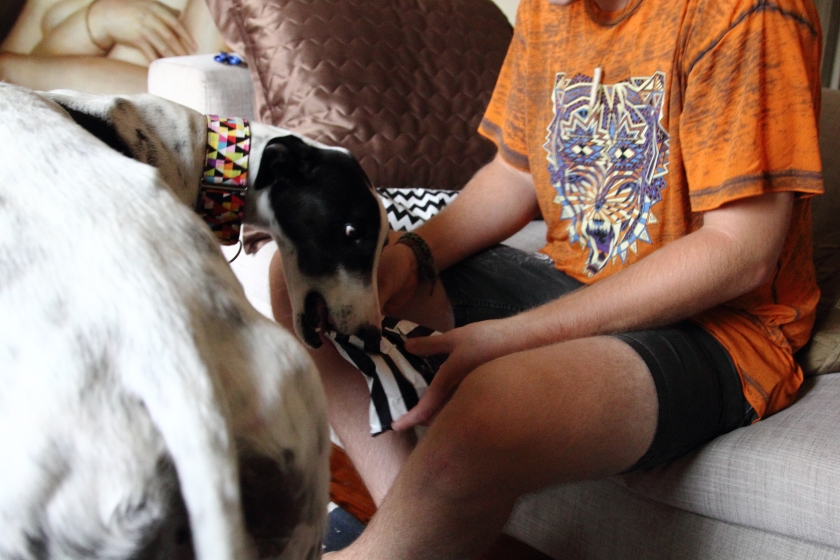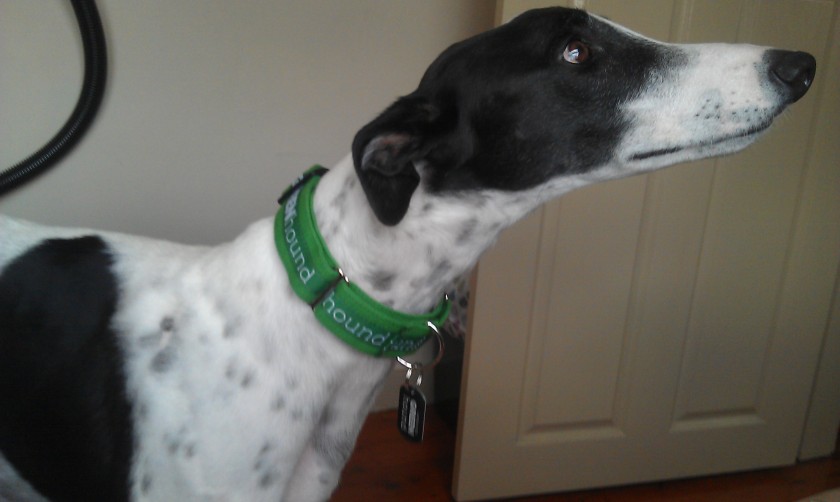You commonly see statistics reported on the leading causes of death in humans – things like cancer, obesity and heart disease. It serves as a good reminder of what you should look out for. But what about your dog? Let’s look at likely causes of mortality among the canine population, so you have a better idea about potential problems.
Unfortunately there’s nowhere near as much research into leading causes of mortality in dogs as there is for humans. But in the last decade or so there have been a few retrospective studies in the US and Europe, largely based on veterinary databases or surverys of owners, looking at the how, when and why of dog deaths.
The big three
The 3 killers reported consistently across most studies are cancer, cardiac disease and believe it or not, “old age”. So really, dogs are not all that unlike humans in their end of days. Of course while the first two are manageable, unfortunately none of us yet know how to prevent or treat old age…
The key to cancer is catching it early – if you do, treatment is available for your 4 legged friend. Surgical removal of tumors and chemo and radiotherapy are all options for treatment, and while they do come at a great expense, they can be extremely effective. Cardiac disease on the other hand comes down to both lifestyle and genetic predisposition. Annual vet checks will help to pick up any issues with your pup’s heart and a good diet and regular exercise will go a long way in ensuring good heart health.
TL;DR – keep your eyes peeled for signs of cancer or heart disease and act quickly to treat them
Young vs Old dogs
A US study out of the University of Georgia by Fleming et al (2011) has suggested that the leading causes of death are very different for old vs young dogs. They found that illness related to the gut (15%) and infections (25%) were common killers of young dogs, whereas these shifted to issues with the brain and nervous system (10%) and cancer (30%) in older dogs. An English paper from O’Neill et al (2013) came to a similar conclusion, with 15% of dogs under 3 years dying from gastrointestinal problems and 18% of dogs older than 3 dying from cancer.
TL;DR – watch out for tummy issues and infections in young dogs and cancerous growths in older dogs
A breed thing
Unfortunately, all dogs were not made equal thanks to many years of selective breeding in some pretty terrible directions. Thankfully, many breeders are now trying to rectify these mistakes and perform genetic testing on all breeding animals to ensure they don’t carry genes which predispose pups to conditions like cancer, skin disease and joint problems.
Here are common causes of death for some common breeds:
BEAGLE
Cancer (23-33%), infections (11%), heart disease (5%)
BOXER
Cancer (38-45%), old age (21%), spinal disease (9%)
DACHSHUND
Spinal disease (19%), cancer (9-17%), heart disease (14%)
GERMAN SHEPHERD
Cancer (11-28%), hip dysplasia (15%), trauma (11%)
GOLDEN RETRIEVER
Cancer (20-50%), old age (19%), trauma (8%)
GREYHOUND
Cancer (22%), trauma (17%), infections (16%)
LABRADOR
Cancer (31-34%), old age (23%), hip dysplasia (10%)
POODLE (STANDARD)
Cancer (27-30%), trauma (10%), heart disease (6%)
STAFFY
Cancer (44%), old age (20%), heart disease (7%)
MIXED BREED DOGS
Cancer (13-28%), trauma (7-16%), infections (10%)
If you want to know what conditions various breeds commonly suffer (whether an inherited condition, or something the breed is just more disposed to developing), check out this awesome resource.
TL;DR – different breeds are more susceptible to different causes of death – learn more about the breed you own or when you are considering getting a dog
He’s gonna live forever
Thinking about your dog dying is a really hard thing and for most of us, it’s something we try our absolute hardest to not think about. But unfortunately, valar morghulis applies to dogs as well. The most important things to keep in mind is that some causes of death are preventable or treatable to a certain extent, so make sure you do your best to keep your dog healthy and give them as much time here as you can. Just as important is knowing when the time is right to let go – when their quality of life is declining, you need to forget about your own wants and needs and do what’s best for your furry pal.
With love,

References
Adams, V. J., Evans, K. M., Sampson, J. and Wood, J. L. N. (2010), Methods and mortality results of a health survey of purebred dogs in the UK. Journal of Small Animal Practice, 51: 512–524
Fleming, J.M., Creevy, K.E. and Promislow, D.E.L. (2011), Mortality in North American Dogs from 1984 to 2004: An Investigation into Age-, Size-, and Breed-Related Causes of Death. Journal of Veterinary Internal Medicine, 25: 187–198.
O’Neill, D.G., Church, D.B., McGreevy, P.D., Thomson, P.C., Brodbelt, D.C. (2013), Longevity and mortality of owned dogs in England. The Veterinary Journal, 198 (3): 638-643
Proschowsky, H.F., Rugbjerg, H., Ersbøll, A.K.(2003), Mortality of purebred and mixed-breed dogs in Denmark. Preventive Veterinary Medicine, 58 (1–2): 63-74

























